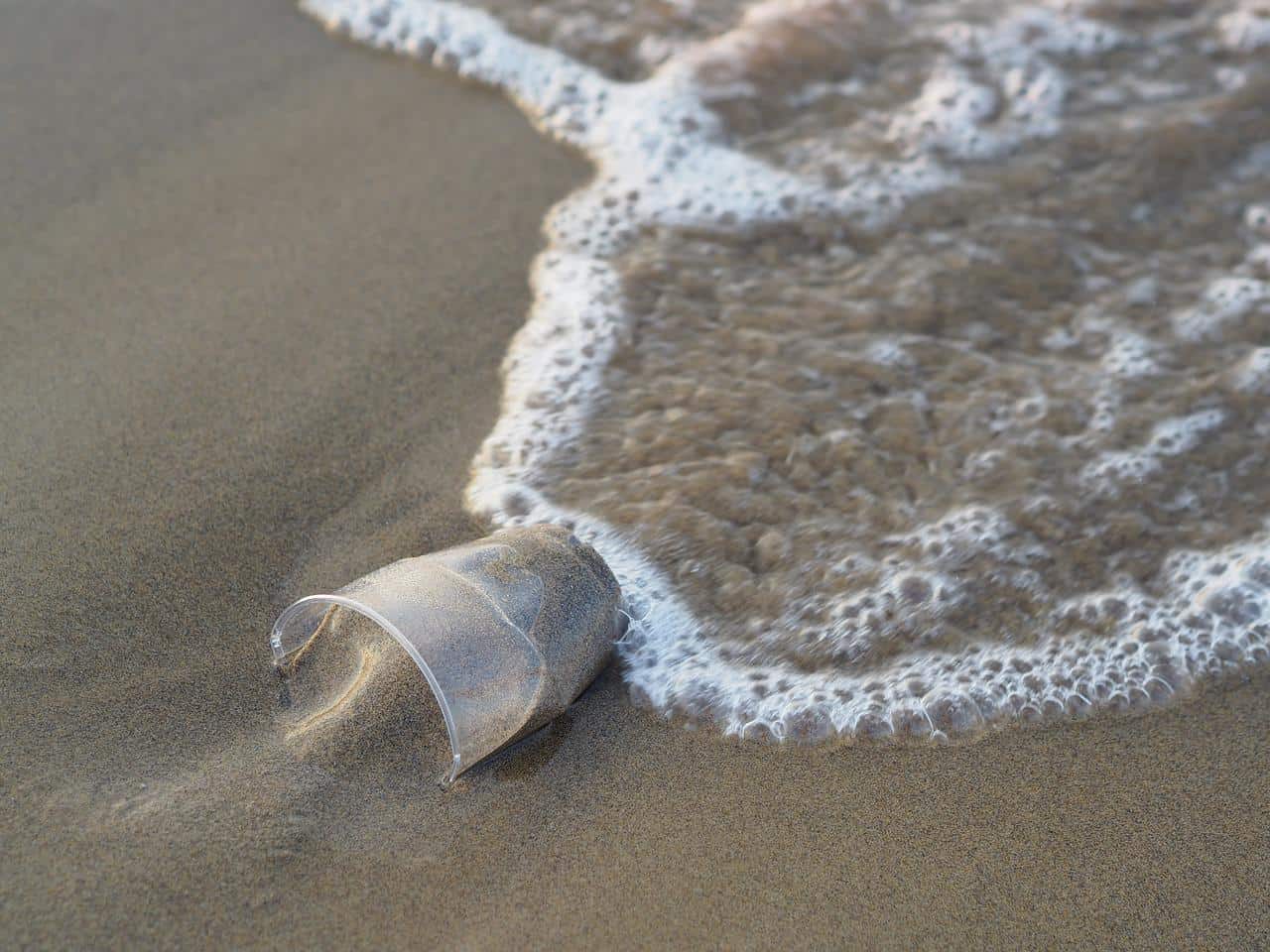Costa Rica, considered one of the most eco-friendly countries in the world, has been grappling with the problem of plastic pollution for a long time. Though recycling seems to be the most obvious choice, things are not rosy as they seem.
According to a 2018 report, 550 tons of plastic waste were generated every day in Costa Rica. Of this, only 9% was recycled. 11% got mixed with non-recyclable waste and sent to landfills. A shocking 80% ended up in the waterways of Costa Rica!
Moreover, more than 40 tons of plastic waste are not recovered by the waste collection and recycling systems daily. This means that a whopping 314 thousand tons of plastic have found a way into the environment by now.
A lack of centralized waste management can be attributed to inadequate recycling in Costa Rica as waste pick-up and handling are done by the municipality of the region.
Now, why is it important to manage plastic waste before it becomes pollution? Let’s take a look at some of the figures on a global level.
- Roughly 300 million tons of plastic waste are produced each year, out of which only 9% is recycled.
- 7 billion tons of all plastic produced between 1950 and 2017 have become waste.
- 8 million tons of plastic are dumped into the oceans every year. That’s equivalent to a garbage truck of plastic emptied into the ocean every minute.
- Our oceans already have 150 million metric tons of plastic by now.
- Plastic accounts for 3.4% of global greenhouse gas emissions. This number is expected to reach 6.5 gigatons by 2050.
- Without urgent action, the amount of global waste will increase by 70% by 2050.
5 Ways Costa Rica Can Tackle The Problem Of Plastic Pollution
As of 2018, Costa Rica’s plastic industry was the third largest industry in the country as reported by UNDP (United Nations Development Program). Costa Rica was also the biggest importer of plastics in Central America.
Now, these are some serious statistics!
With many countries taking the lead in curbing the use of plastic, and hence plastic waste generation, Costa Rica, too, needs to take charge. And, as one of the leaders in ecotourism and renewable energy, it is essential for Costa Rica to take note of this important issue of plastic pollution before it gets too late.
Below are some measures that Costa Rica, as a country, can take to curb plastic pollution.
1. Banning Single-use Plastic & Unnecessary Plastic Packaging
50% of all plastic produced is for single-use purposes.
Banning single-use plastics is a very important step in regulating the generation of plastic waste. Items like straws, cotton buds, drink stirrers, balloon sticks, plastic cutlery, coffee cups’ lids, food containers, plastic cups, etc. can be classified as single-use plastics. Many countries like France, India, and Kenya, have already imposed a ban on single-use plastics.
Moreover, a lot of plastic packaging is used for vegetables, fruits, goods ordered online, food items, and almost everything else that we pick from the supermarket. Banning or regulating plastic packaging can go a long way in reducing the generation of plastic waste.
2. Investing In Recycling Infrastructure
An important area of focus for Costa Rica should be diverting funds and investing capital to set up recycling infrastructure. Some countries like Austria, Germany, and Belgium are the top runners in recycling municipal waste. This has been made possible due to the presence of commendable recycling infrastructure, machines, and software designed to manage waste effectively.
3. Committing To Partnerships That Tackle Existing Plastic Pollution
Plastic pollution is a global problem that requires a global response. Due to the exigency and breadth of the plastic pollution problem, many international for a have found this sensitive issue on their tables.
Partnering with such organizations working towards preventing plastic pollution and taking initiatives to address this problem is key to creating a future free of plastic. Collaboration helps in unlocking the investment required to scale up and accelerate meaningful solutions to prevent plastic waste.
4. Raising Awareness & Educating The Public
The government alone cannot eliminate the problem of plastic pollution. Costa Ricans, too, will have to step up and demonstrate the will and passion to work on this cause.
Organizing community engagement workshops & clean-up drives, awareness campaigns, education programs, promoting plastic-free products, and circulating educational material, are some of the effective ways of inculcating a sense of responsibility and respect towards nature and their country. These can spur community action and affect consumer choices.
5. Promoting the 5 Rs To Zero Waste
Recycling is important, but we often tend to ignore the 4 Rs before that step. The 5 Rs to zero waste gives us a new framework for dealing with waste in our daily lives by acknowledging our habits that lead to more trash. Promoting these 5 Rs can significantly help in reducing the consumption of plastic and waste generation.
The 5 Rs are:
- Refuse – Refuse the plastic you don’t need.
- Reduce – Reduce the size, amount, or extent of plastic used.
- Reuse – Reuse whatever plastic you can.
- Repurpose – Reuse plastic products for a different purpose. For example, plastic bottles can be used as bird feeders, watering containers, planters, etc. Also known as upcycling.
- Recycle – Segregate your waste into recyclable and non-recyclable waste. Often, recyclable waste mixed with wet waste is non-reclaimable.
Final Thoughts
Today, we can’t imagine a world without plastics. Whereas, the production and use of plastic started only in the early 1900s. Though Costa Rica has a long way to go before it can become a plastic-free country, efforts by the government are substantial, and the need of the hour.
Let’s make it our vision and mission to eliminate plastic from our pristine land and waters!

